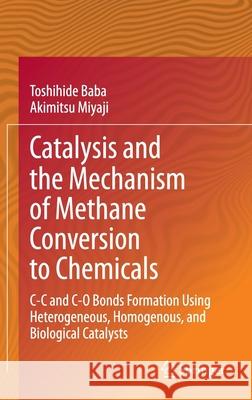Catalysis and the Mechanism of Methane Conversion to Chemicals: C-C and C-O Bonds Formation Using Heterogeneous, Homogenous, and Biological Catalysts » książka
topmenu
Catalysis and the Mechanism of Methane Conversion to Chemicals: C-C and C-O Bonds Formation Using Heterogeneous, Homogenous, and Biological Catalysts
ISBN-13: 9789811541315 / Angielski / Twarda / 2020 / 220 str.
Catalysis and the Mechanism of Methane Conversion to Chemicals: C-C and C-O Bonds Formation Using Heterogeneous, Homogenous, and Biological Catalysts
ISBN-13: 9789811541315 / Angielski / Twarda / 2020 / 220 str.
cena 575,62 zł
(netto: 548,21 VAT: 5%)
Najniższa cena z 30 dni: 574,29 zł
(netto: 548,21 VAT: 5%)
Najniższa cena z 30 dni: 574,29 zł
Termin realizacji zamówienia:
ok. 20 dni roboczych.
ok. 20 dni roboczych.
Darmowa dostawa!
Kategorie:
Kategorie BISAC:
Wydawca:
Springer
Język:
Angielski
ISBN-13:
9789811541315
Rok wydania:
2020
Wydanie:
2020
Ilość stron:
220
Waga:
0.50 kg
Wymiary:
23.39 x 15.6 x 1.42
Oprawa:
Twarda
Wolumenów:
01
Dodatkowe informacje:
Wydanie ilustrowane











